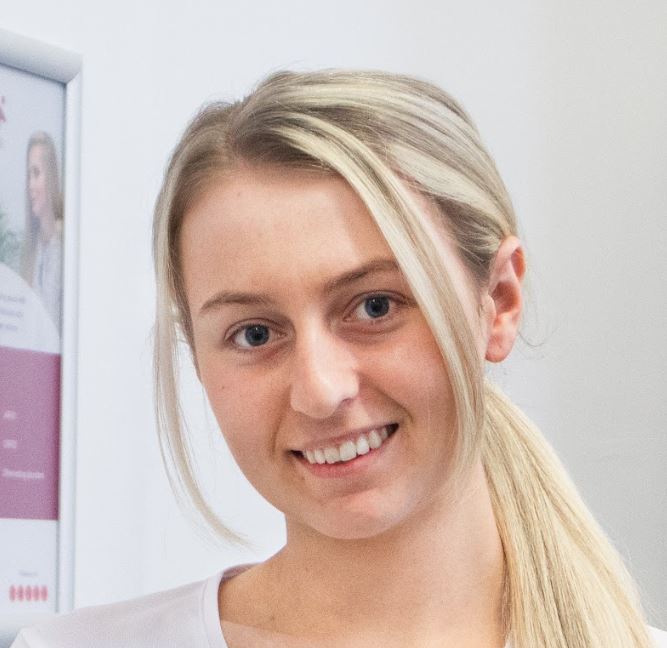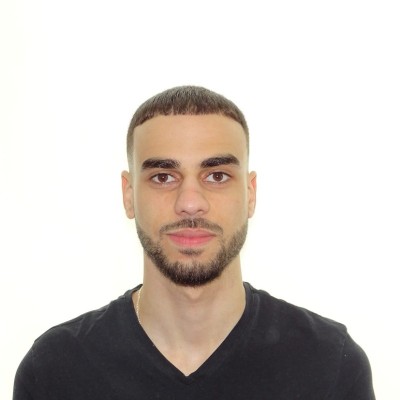How it helps
Massage is extremely useful within the dancing industry. Massage can help dancers in various situations such as:
-
Pre event/performance
-
Acute pain
-
High muscle tone
Pre event/performance
A massage can be very helpful before a dancer performs. Due to the intense rehearsal schedules and constant impact being placed on the soft tissues and joints, it is common for a dancer to experience muscular or joint stiffness, reduced range of movement and muscular fatigue.
A massage begins by increasing temperature to help improve elasticity of soft tissues. Increasing elasticity of soft tissues helps to reduce muscular tightness and joint stiffness in order to improve range of movement. This helps to reduce chances of injury and improve overall performance.
Acute pain
Acute pain is a common issue across many dancers. Acute pain can be caused by many factors including muscular knots or trigger points, delayed onset muscle soreness (DOMS), injury or built up areas of tension.
A massage is useful in breaking down muscular knots and trigger points through techniques such as frictions or trigger point release. These enable muscles to relax and therefore reduces acute pain. DOMS are also seen in almost every dancer after intense rehearsals or performances. They can cause acute pain, muscular fatigue and muscular ache. A massage helps to flush out the build-up of waste products and toxins such as lactic acid that builds up during intense activity and breaks down muscular tension in order to prevent or reduce the effects of DOMS.
High muscle tone
High muscle tone is typically seen in overworked, fatigue and tense areas of the body. The most common places high muscle tone is found is around the upper quadrants of the back and across the lower limbs. High muscle tone causes increased restriction of movement and encourages muscular tightness and tension making injuries more likely to occur.
A massage is used to strip through and loosen the areas of high muscle tone by initially increasing soft tissue temperature. This allows tissues to relax and allows muscular tightness and tension to reduce. After increasing temperature, deeper techniques can be used to work into the deeper layers of soft tissues in order to further break down built up tension and improve muscular tone.
Who we treat
We aim to adjust our services in order to cater for all areas of the dance industry. We can provide our services to people in many different areas of dance regardless of whether they are part of a big organisation or if they are a solo/freelance performer. The types of people we can provide our services for include:
Individuals
This can be related to individuals such as freelance or solo performers. We can treat individuals within our clinics at their preferred day and time or we can arrange for a therapist to come to the individual if this is more convenient. Individuals often put themselves under high levels of stress due to working for themselves so it is often essential they incorporate massage into their regime.
Dance Camps
It is common for the large quantities of dancers within dance camps to put their body through high intensity rehearsals and training. Here at massage.physio.co.uk, our highly trained massage therapists are available to attend dance camps to help in their recovery, maintenance and preparation for big events.
Dance Schools/organisations
Maintenance is key within dance schools or organisations regardless of their size. Implementing regular massage treatment for all students will ensure prevention of injury, maintenance of healthy and strong muscles and improved performance. Our therapists at massage.physio.co.uk are able to attend the dance schools/organisations or we can arrange for students to come into clinic at their most convenient times in order to have their much needed treatment.
Events/competitions
On the days or weeks leading up to any dance events of competitions, massage treatment is vital in ensuring all performers are able to dance with no worries of injury and with full range of movement. Our experienced massage therapists are able to provide regular pre event treatment, and be on hand on the day of competition, to provide the final soft tissue release the dancers will need in order to perform to their highest potential.
Benefits
Massage is extremely useful within the dancing industry. It provides endless benefits for all dancer’s including:
-
Increased Flexibility
-
Reduced muscular pain and fatigue
-
Improved recovery
-
Improved performance
Increased flexbility
Flexibility is an essential requirement for a dancer. Poor flexibility can often lead to injury or poor performance. Muscular tightness, tension, knots and adhesions are all common factors contributing towards poor flexibility.
A massage helps by rising muscular temperature which in turn increases soft tissue elasticity. Long, deep strokes can then be used to strip through soft tissues and break down muscular tightness, tension and knots. Breaking down tightness, tension and knots allows the soft tissues to relax and lengthen resulting in increased flexibility.
Reduced muscular pain and fatigue
Dancers will experience pain and fatigue on a regular basis. Pain and fatigue can arise due to injury, DOMS, muscle weakness/imbalance and muscular overload or stress. Pain and fatigue can often result in further weakening of the muscles or soft tissues, increased tension and reduced range of movement.
Massage is useful in reducing pain and fatigue in almost any area of the body. After initially increasing soft tissue temperature via friction created through the hands and skin, massage helps to flush out harmful metabolic wastes contributing to DOMS, increase healing to any damaged areas of the body and break down built up areas of tension. All of these contribute to reducing pain and fatigue.
Improved recovery
Injury can be distressing for any dancer. It can prevent them from rehearsing or performing for long periods of times and re-occurring injuries can often see dancers retiring at an early age. After the initial inflammatory stage of healing, injuries such as muscle pulls, strains and tears can be helped through massage.
During a massage, the friction created between the hands of the therapist and skin of the dancer encourages a rise in temperature through increased blood circulation. This increased blood circulation provides the damaged soft tissues with increased quantities of essential oxygen and nutrients needed to help increase healing. It is also common for dancers to develop muscular knots or adhesions following injury due to the buildup of scar tissue. A massage can be used to help break down and realign scar tissue adhesions to help increase flexibility and reduce restriction.
Improved performance
One of the main desires every dancer has is to perform to the highest standard possible at every single event. This can often be affected by factors such as muscular tightness and muscular fatigue and pain.
Massage is essential in reducing muscular tightness as it helps to improve soft tissue elasticity through increased soft tissue temperature allowing increased flexibility and range of movement, something that is vital for every dancer. Muscular fatigue can occur due to the intense rehearsals and can increase muscle weakness and instability. A massage encourages circulation to improve to help provide affected muscles with increased oxygen and nutrients that are used to improve muscle strength, increase healing and keep them healthy. These combined enables all dancers to improve their overall performance.






